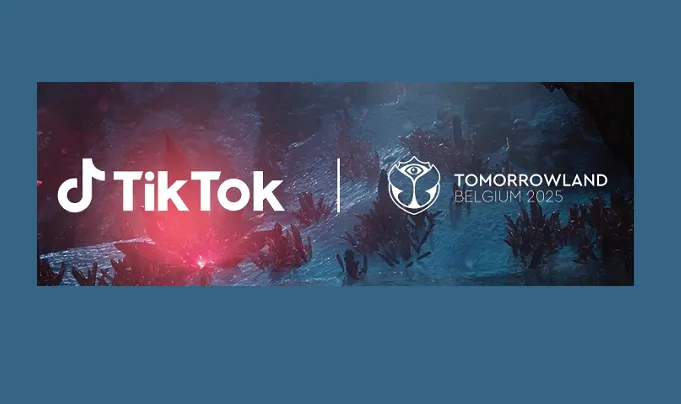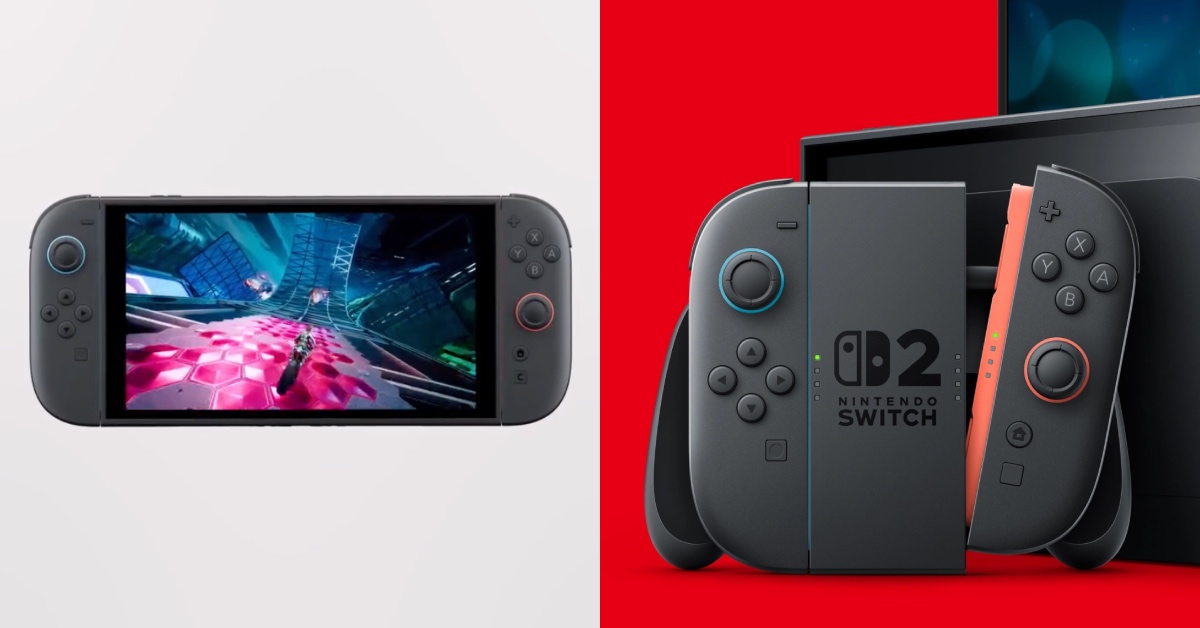Retail media networks extend beyond traditional stores
DoorDash, Instacart, Lowe's, Marriott and other fledgling ad services make the case for brands to try new channels.

Advertising Week New York focused heavily on e-commerce and retail media, with startups such as DoorDash showing how they could deliver new data and ad targeting to the changing ad industry. At this week’s ad conference, some of the most important conversations involved the rise of retail media networks, which include delivery apps, retailers and even hoteliers like Marriott giving brands data to guide their marketing efforts.
DoorDash started the week by announcing upgrades to its self-serve ad platform, and Toby Espinosa, DoorDash’s VP of ad sales, led a panel with Walgreens and Coca-Cola. Then, Instacart came out with new ways for advertisers to manage ad campaigns and launched new video ads. Meanwhile, Yahoo joined Lowe’s and Marriott on stage, discussing niche retail media networks built around the home improvement retailer and the luxury hotel chain. Marketers also discussed another hot trend that factors into brands and data: loyalty rewards programs. These ad technologies are becoming more popular vessels for data as Apple and others restrict third-party tracking online.
Retail media ad spending is set to hit $51.4 billion in 2023, an increase of 26% year over year, according to Insider Intelligence. Last month, GroupM said retail media would hit $101 billion globally this year.
The retail programs, media networks and rewards are evolving to serve brands like Coca-Cola, Clorox and Mondelēz International—consumer goods companies that don’t always have a first-party relationship with the consumer.
Lauren Freedman, director of e-commerce marketing at Coca-Cola North America, summed up the brand’s interest in retail media networks, during the panel with DoorDash. “Over one out of three of our consumers buy beverages online, so we’re hyper-focused on extending partnerships, like with DoorDash,” Freedman said, “and also thinking about digital capabilities and prioritizing things like social commerce, NFTs, and most of all ... digital shelf.”
Digital shelf is all about how a brand is discovered on a delivery app or a retailer site. Coca-Cola wants to “make sure what we see online, echoes in store,” Freedman said.
Appetite for delivery apps
Instacart, the grocery delivery app, announced improvements to its automated ad platform. Now, brands can set goals for their ads, like reach, engagement and sales, which are all different outcomes a brand might look for depending on the target audience of a campaign. Instacart also said it would expand the availability of shoppable video ads after testing them with Clorox, Hormel and Mondelēz.
DoorDash opened the week by announcing new marketing partnerships with Pacvue and Flywheel, e-commerce marketing platforms. Pacvue and Flywheel already work with other retail media networks including Amazon and Walmart Connect, giving brands a unified place to manage how they show up across multiple sites. DoorDash also touted how it built its application programming interface, or API, which marketers such as PepsiCo tap into directly to manage campaigns and data. DoorDash has 25 million monthly users who order local delivery from chain restaurants, convenience stores and pharmacies. “Our goal is to connect every store, and brand within each store, to every local consumer,” DoorDash’s Espinosa said in the company's announcement.
Hotel media networks
“We had to become a media powerhouse,” said Nicolette Harper, VP of global marketing and media at Marriott International, during a panel with Yahoo and Lowe’s.
Marriott is first focusing more on highly curated partnerships with brands around travel and lifestyles. Marriott’s media network extends from its websites to its hotels, Harper said, where people see ads on screens in elevators and gyms, and in their rooms. Marriott works with Yahoo on this wider ad network.
“We partnered with Yahoo to fuel our supply side, because they were one of the few partners that could do the complexity of both,” Harper said, “on our own channels and emails, and things of that nature, but also on-site at the hotels.”
Read: Everything brands need to know about the retail media boom
New customers in home improvement
Lowe’s discussed its One Roof Media Network, which is a little behind compared to Amazon, Walmart Connect and some other major retailers. Lowe’s also does not have the same website traffic as some of its rivals. “When we started a year ago we were primarily on-site, in the sense of display [ads] and sponsored [search],” said John Storms, head of sales at Lowe’s One Roof Media Network. “There is not this tremendous amount, or abundance of traffic, that just shows up to Lowes.com.”
That’s why Lowe’s is partnered with ad tech companies like Yahoo and social platforms like Pinterest. “What we’re telling our brands, is look, we’ve got really good customer insights,” Storms said. “We are making decisions that are based on what our customers, what we believe, is going to be relevant [and] valuable to them.”
Storms gave one example of working with a “fairly large appliance brand.” Lowe’s could help the brand target ads to “previous purchasers,” “people who recently browsed,” and a “new mover” segment of people who were moving homes. Lowe’s found “new movers” were three times more valuable for the brand’s ad campaign.
“That’s going to be an important audience segment for us to really build new acquisition, new audience strategies,” Storms said, “and then also build out retargeting.”
Coca-Cola’s case
Coca-Cola is using retail media networks to make advertising decisions like when to promote certain products and on which channels. For instance, Coca-Cola could target ads on DoorDash based on whether a consumer is likely to order soft drinks as part of a bundled meal or delivery package, Coca-Cola’s Freedman said. “We have data that suggests some people want a soda with a bundle for a food service experience,” Freedman said.
Freedman was asked how Coca-Cola chooses which retail media networks to work with, given there are so many popping up.
“Things that we would use to prioritize some over others, are very similar, quite frankly, to the way that we’re prioritizing all media networks,” Freedman said. “Things like brand safety. We talk about targeting. We talk about results and frequency. We also talk about business strategies and growth.”

 Koichiko
Koichiko 































